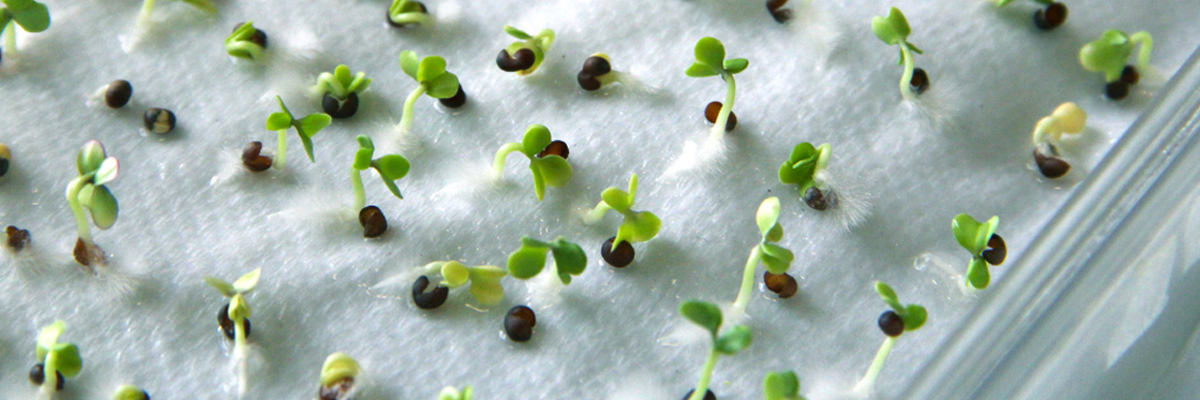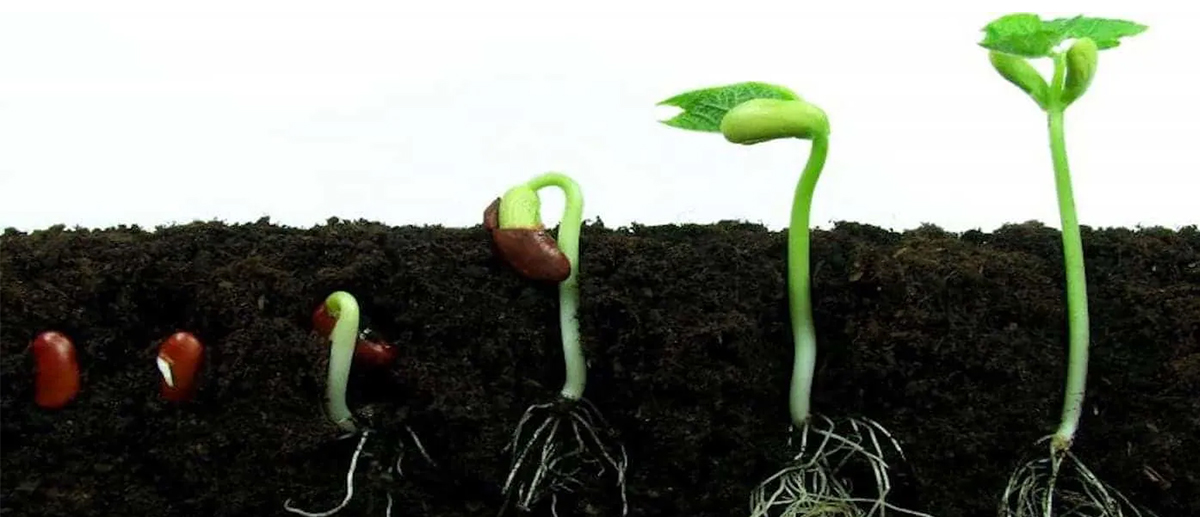The first step in growing cannabis is getting your seeds to germinate successfully, which can be a challenging task for many growers. Issues like mold, failure to sprout, or simply not germinating at all are common. A correct germination process is crucial for successful growth and yield.
This article will share practical tips to help you easily germinate your cannabis seeds and avoid frustrating common mistakes. Whether you're a novice or an experienced grower, you'll find some helpful advice here!
Seed Selection

First and foremost, the quality of your seeds is fundamental to successful germination. High-quality seeds generally have a full, healthy appearance, with a hard shell and sometimes speckled or tiger-striped patterns.
Buying seeds from a reputable supplier will ensure good quality. Avoid old or low-quality seeds, as their germination rate is often low. Once you have selected the seeds, store them properly to prevent moisture and temperature changes.
How to Germinate Cannabis Seeds Using the Paper Towel Method

Even though the variety and inherent vigor of seeds are critical for germination, the right germination technique can help high-quality seeds achieve a germination rate of over 95%. The paper towel method is the most reliable, reaching nearly 100% success. Here’s how it’s done:
Gather Supplies
A clean paper towel, preferably unbleached and free from fragrances or chemicals
A resealable plastic bag or plastic container to keep the paper towel moist and stable
A spray bottle for moistening the paper towel
Moisten the Paper Towel
Spray water onto the paper towel until it’s adequately damp but not soaked or dripping. It should have a consistent level of moisture to avoid submerging seeds in excess water and causing rot.
Place the Seeds
Evenly arrange the cannabis seeds on one side of the damp paper towel, ensuring space between them to prevent root entanglement. Make sure each seed is in contact with the paper towel.
Cover the Seeds
Gently cover the seeds with another damp paper towel, sandwiching them between two layers. The towels should remain moist to provide uniform moisture but not so wet that the seeds are submerged.
Seal and Store
Fold the paper towels containing the seeds and place them carefully into a resealable plastic bag or container. The seal helps maintain consistent humidity and ensures the seeds receive a steady supply of moisture.
Keep Warm
Place the sealed bag or container in a warm environment with an ideal temperature range of 20-26°C. Placing it near a heater or using a heating mat can help, but keep the temperature stable, avoiding extreme fluctuations.
Monitor Progress
Check the paper towel’s moisture daily and add water as needed to keep it consistently damp. Usually, the seeds will germinate within 1-3 days. The tiny initial root (radicle) will emerge from the seed, marking the beginning of the seedling’s root system. Handle these delicate roots carefully to prevent damage.
Transplant
When the seeds germinate and the radicle reaches 1-2 centimeters, transplant them gently into the prepared growing medium, ensuring the roots are fully buried. Provide suitable light, temperature, and humidity for the seedlings to thrive.
How to Germinate Cannabis Seeds Using Soil

The soil method, also called direct sowing, involves planting the seeds directly into the growing medium (soil) and letting them germinate naturally. This approach is suitable for those who want to avoid transplanting or are using seeds sensitive to transplantation. Here’s how:
Choose the Growing Medium
For optimal results, choose loose, well-draining soil. A humus-rich mix or organic soil with perlite or coconut coir ensures good airflow and proper moisture. If using pots, ensure sufficient drainage holes at the bottom.
Prepare the Pot or Seed Tray
Ensure pots or seed trays are clean and sterile and filled with pre-prepared soil. Press the soil surface lightly to eliminate lumps or excessive air pockets.
Pre-Moisten the Soil
Lightly moisten the soil with a spray bottle or watering can to achieve even moisture without overwatering. Excess moisture can cause seed rot, while dryness can hinder germination.
Dig Holes for Planting
Using your finger or a small tool, dig a small hole in the soil, roughly twice the seed size (1-2 cm). If planting multiple seeds, ensure they are spaced at least 5-10 cm apart to prevent root entanglement.
Plant the Seeds
Carefully place each cannabis seed into the hole with the “pointed end down.” Gently cover the seed with soil, keeping it loose but fully covered.
Water and Control Humidity
Lightly spray the soil surface with water, ensuring moisture without overwatering. Cover the pot with clear plastic or plastic wrap to create a warm, humid microclimate. Check soil moisture regularly, keeping it slightly damp but not waterlogged.
Maintain Warmth and Light
Place the container in a warm environment with an ideal temperature of 20-26°C (68-78°F). Light isn’t necessary initially, but once the seeds sprout, provide ample light for the seedlings. Grow lights can help them grow healthily.
Monitor and Care
Seedlings usually break through the soil within 3-7 days, showing two initial leaves. During this time, water regularly to keep the soil moist, and gradually remove the plastic cover to help seedlings adapt to the surrounding air. Once seedlings emerge, increase watering and light exposure gradually.
Direct sowing allows seedlings to grow in a stable environment, reducing transplant risks and helping seeds naturally germinate and thrive in soil.
Common Issues and Solutions
Seeds Not Germinating: This may be due to low or high temperatures, old seeds, or insufficient moisture. Provide a suitable environment and use high-quality seeds.
Mold: Caused by high humidity or poor ventilation. Ensure proper airflow and keep the growing medium at a moderate humidity.
Weak Seedling Growth: This can be due to insufficient light or overwatered soil. Use grow lights and adjust watering frequency as needed.
These are some of the most common methods for germinating cannabis seeds. By following these simple steps and tips, you can easily germinate your seeds, laying a solid foundation for further growth.
If you need more expert advice on growing cannabis or wish to purchase quality grow lights, click the dialogue box below to contact us. We're always here to help!























